- New Banksy Mural Emerges
On September 7, 2025, a new mural by the anonymous street artist Banksy appeared on the exterior of the Royal Courts of Justice in London. It depicted a traditional judge in wig and robes striking a protester—lying on the ground with a blood-splattered placard—with a gavel. The artist confirmed authorship via his Instagram account.AP News - Immediate Response
Authorities swiftly covered the mural using black plastic sheeting and erected metal barriers. Security personnel and surveillance cameras were deployed to monitor the site.AP News - Removal Justified by Preservation Laws
The building is a Grade I listed structure, over 143 years old. HM Courts & Tribunals Service cited legal obligations to preserve its historic character as the cause for its planned removal.AP News - Interpreted as Political Commentary
Although not explicitly tied to any event, many interpreted the mural as commentary on civil liberties. It appeared days after nearly 900 arrests at protests in London supporting the now-banned activist group Palestine Action. Activists, including the organizer Defend Our Juries, described the work as a stark depiction of state repression.AP NewsVulture - Ongoing Investigation
The Metropolitan Police have classified the mural as potential criminal damage and are investigating.The Washington Post
Broader Context & Significance
- Placement Enhances Message
Banksy’s choice of venue scales up the political resonance: by placing provocative art on a legal institution’s wall, the piece becomes a commentary on law, justice, and institutional power.Colossal–Artsy - Consistency With Artistic Themes
The work aligns with Banksy’s long-standing themes—critique of authority, civil rights, and political expression through visual satire. His past works have included commentary on conflict, migration, and civil liberties globally.Wikipedia– AP News– The Times - Tensions of Art vs. Heritage
The rapid covering and planned removal highlight a persistent conflict: preserving historical architecture versus safeguarding spontaneous, political public art.
Neutral, Fact-Based Observations
| Aspect | Reflection |
|---|---|
| Symbolism | The mural’s imagery—authority versus citizen—resonates with viewers, especially amid recent protests and arrests. |
| Legal & Cultural Clash | Authorities cited legal mandates to protect listed buildings, while supporters emphasized the work’s cultural significance and timely relevance. |
| Public Discourse | The mural sparked renewed debate over protest rights, state power, and how dissent is expressed and controlled. |

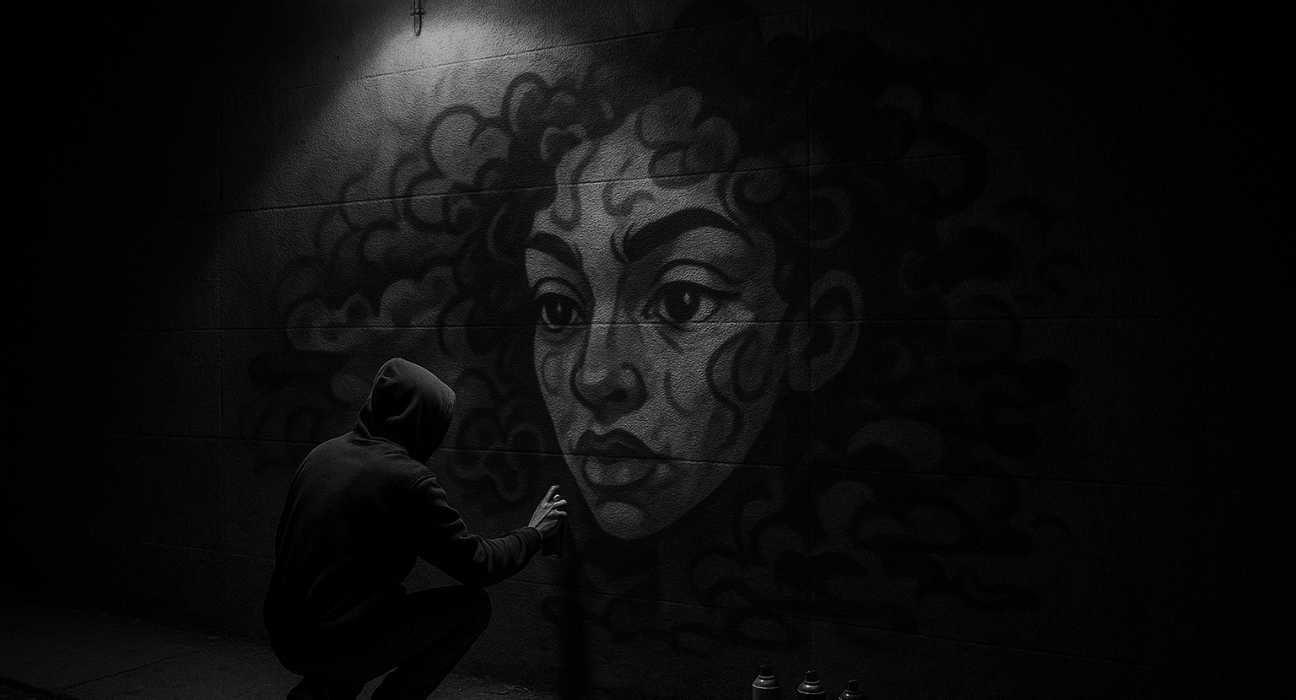
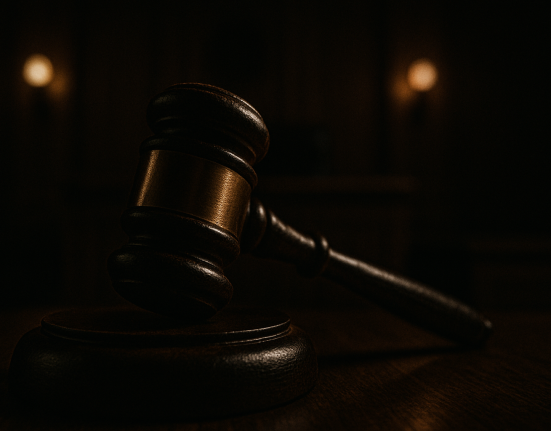
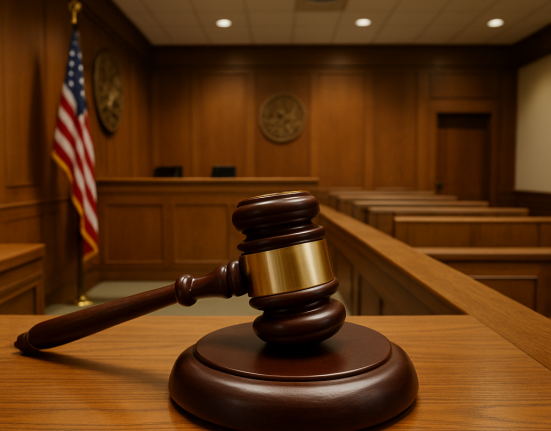
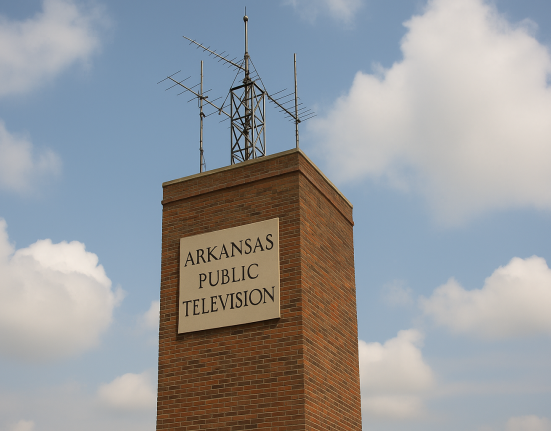
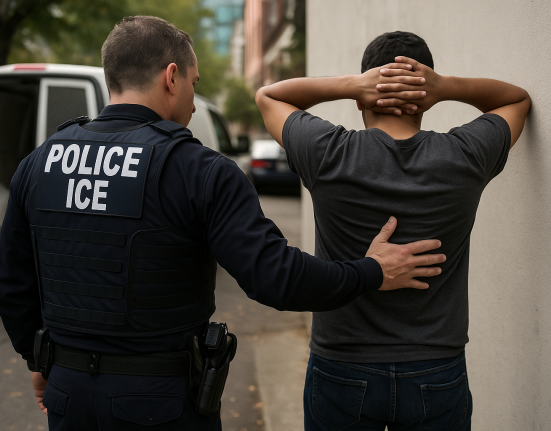
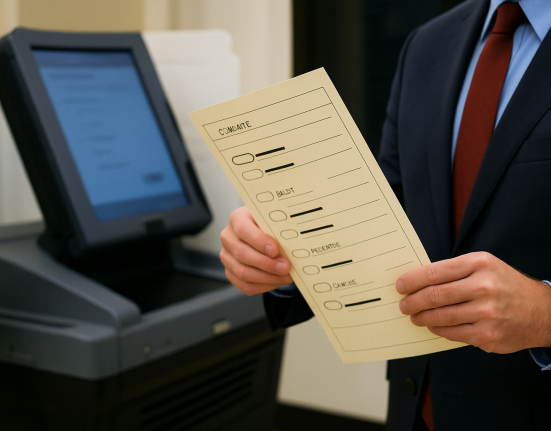

Leave feedback about this
You must be logged in to post a comment.